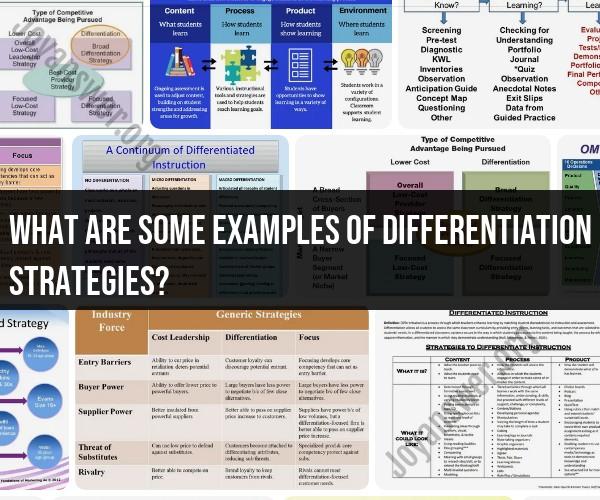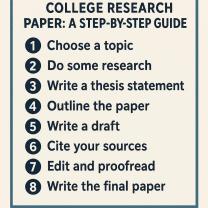What are some examples of differentiation strategies?
Differentiation strategies are instructional techniques and approaches that teachers use to adapt and tailor their teaching to meet the diverse learning needs, abilities, and interests of their students. These strategies aim to ensure that all students, regardless of their background or readiness level, have the opportunity to learn and succeed. Here are some examples of differentiation strategies that educators can use in the classroom:
Flexible Grouping: Group students based on their readiness levels, interests, or learning styles. This can include small group instruction, peer tutoring, or collaborative learning.
Tiered Assignments: Assign different tasks or projects to students based on their readiness or skill level. For example, providing advanced reading materials or math problems for high-achieving students and more foundational tasks for those who need additional support.
Varied Content: Present the same content through multiple modalities to cater to different learning styles. Use a combination of textbooks, videos, hands-on activities, and digital resources.
Choice Boards: Provide students with a menu of learning activities or projects related to a topic. Students can choose tasks that align with their interests and learning preferences.
Learning Contracts: Create individualized contracts that outline specific learning goals, tasks, and assessment criteria for each student. Students work towards meeting their goals at their own pace.
Modified Assessments: Adjust assessments to align with students' abilities and needs. Offer alternative assessment methods or provide additional time for certain students.
Scaffolded Instruction: Offer varying levels of support as students progress through a lesson or unit. Start with more guidance and gradually reduce support as students become more proficient.
Interactive Technology: Utilize technology tools and educational software that adapt to students' performance and provide personalized instruction and practice.
Alternative Homework Assignments: Give students options for homework assignments that cater to different learning objectives or styles, promoting autonomy in their learning.
Peer Tutoring and Peer Teaching: Encourage students to work in pairs or small groups, where more advanced students can assist their peers in understanding concepts.
Interest-Based Projects: Allow students to choose project topics that align with their personal interests or passions, increasing motivation and engagement.
Pre-Assessments: Administer pre-assessments before starting a new unit to gauge students' prior knowledge and skills. This helps in tailoring instruction to what students already know.
Differentiated Reading Groups: Group students by reading level and provide texts appropriate for their reading abilities in literacy instruction.
Alternative Materials: Offer alternative textbooks or reading materials with different reading levels and complexities.
Supportive Learning Environments: Create a classroom environment where students feel safe to take risks, ask questions, and express their individual needs.
These examples demonstrate the wide range of differentiation strategies that teachers can employ to create inclusive and effective learning environments where all students have the opportunity to succeed and reach their potential. Differentiation is a flexible approach that can be tailored to the unique needs of each classroom and student.












